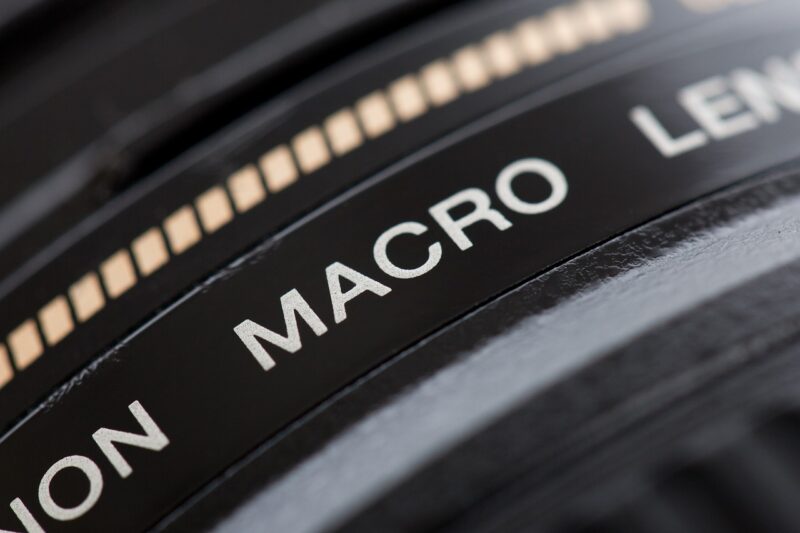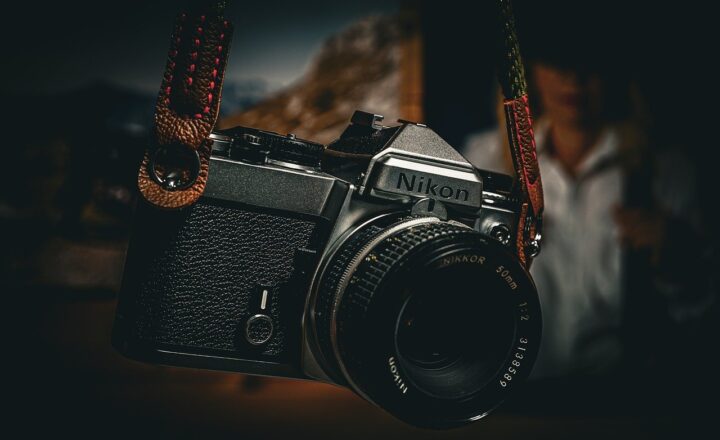The Ultimate Guide to Choosing a Camera Lens: Aperture, Focal Length, and Compatibility
November 14, 2024

Choosing the right camera lens can significantly impact your photography. Whether you’re a seasoned professional or an enthusiastic beginner, understanding the intricate details of lenses—such as aperture, focal length, and compatibility—will help you make informed decisions and elevate your photography to new heights. In this guide, we’ll break down these fundamental concepts and provide insights into selecting the perfect lens for your needs.
1. The Basics of Camera Lenses
A camera lens is a crucial element of a camera system, influencing how light is captured and directed onto the camera sensor. Different lenses can produce various effects, resulting in stunning imagery. The two primary types of lenses are prime and zoom lenses:
- Prime Lenses: These have a fixed focal length, which means they do not zoom. However, they generally offer better image quality and wider apertures than zoom lenses, making them excellent for low-light situations and creating beautiful background blur (bokeh).
- Zoom Lenses: These lenses offer the ability to zoom in and out, making them versatile for various photography styles. However, they may compromise on image quality compared to prime lenses, especially at their extremes of focal length.
Understanding these two types is essential as you begin your journey in selecting camera lenses.
2. Understanding Focal Length
Focal length is a fundamental aspect of a camera lens. It is measured in millimeters (mm) and determines the lens’s angle of view and magnification. Here are some common categories of focal lengths and their applications:
- Wide-Angle Lenses (14mm – 35mm): Ideal for landscape, architecture, and interior photography, these lenses capture broad scenes. They create a sense of depth and allow photographers to incorporate more of the environment in their compositions.
- Standard or Normal Lenses (35mm – 50mm): These mimic the human eye, making them versatile for portraits, street photography, and everyday shooting. They offer a natural perspective and are often favored for their ability to capture realistic images.
- Telephoto Lenses (70mm – 300mm and beyond): Perfect for wildlife, sports, and portrait photography, telephoto lenses allow you to capture distant subjects with impressive detail. Their longer focal lengths also produce a shallower depth of field, creating stunning portraits with beautiful bokeh effects.
Choosing the right focal length is dependent on your photography style and the subjects you wish to capture.
3. The Importance of Aperture
Aperture refers to the opening in the lens through which light passes. It is measured in f-stops (e.g., f/1.8, f/4, f/16) and significantly affects exposure, depth of field, and image quality:
- Wide Aperture (Low f-stop): A lower f-stop (e.g., f/1.4) allows more light to reach the sensor, making it ideal for low-light photography. Wide apertures also produce a shallower depth of field, resulting in a blurred background to emphasize the subject.
- Narrow Aperture (High f-stop): A higher f-stop (e.g., f/16) reduces the amount of light entering, suitable for bright conditions. It increases depth of field, keeping more of the scene in focus, which is great for landscapes.
When choosing a lens, consider not only the maximum aperture but also how it aligns with your intended use—whether capturing portraits, landscapes, or low-light scenes.
4. Compatibility: Ensuring the Right Fit
Camera bodies and lenses come in various mounts, and compatibility is crucial for optimal performance. Here are some considerations regarding compatibility:
- Mount Type: Each camera manufacturer has its mount type. Ensure the lens you choose matches the mount type of your camera body (e.g., Canon EF, Nikon F, Sony E).
- Full-Frame vs. Crop Sensor: If you own a crop sensor camera (APS-C), using a full-frame lens will still work, but it will give a narrower field of view due to the crop factor. For instance, a 50mm lens on a crop sensor camera gives a field of view equivalent to about 75mm on a full-frame camera.
- Stabilization: Some lenses come with built-in optical image stabilization (OIS), which can significantly help when shooting handheld, especially at slower shutter speeds. Ensure your lens has stabilization capabilities if you frequently shoot without a tripod.
Choosing a compatible lens for your camera is critical in maximizing the potential of your photography.
5. Specialized Lenses for Specific Needs
In addition to standard categories, there are specialized lenses designed for specific photography styles:
- Macro Lenses: Macro lenses allow you to capture extreme close-up images of small subjects, such as insects or flowers. They typically offer a 1:1 reproduction ratio, allowing you to show intricate details in your photos.
- Fish-eye Lenses: These ultra-wide-angle lenses create a distinctive circular distortion effect, ideal for creating unique artistic shots, especially in landscape and architectural photography.
- Tilt-Shift Lenses: Used primarily in architectural photography, tilt-shift lenses allow for control over perspective and depth of field, correcting converging lines that occur when photographing tall structures.
Exploring these specialized lenses will equip you with the tools to expand your artistic expression and tackle a variety of photographic assignments.
6. Conclusion: Making the Right Choice
Selecting the right camera lens is crucial to your photographic growth. Whether you choose a prime or zoom lens, understanding focal length, aperture, and compatibility ultimately determines your success in capturing images that communicate your vision. Remember to consider your photography style and the specific needs of your subject matter.
Invest the time to research and perhaps even rent lenses before making a purchase, ensuring that your choice aligns perfectly with your creative goals. The right lens can indeed transform your photography, giving you greater control over your images and allowing your passion for photography to flourish.
With these insights, you’re now equipped to choose your next camera lens wisely. Happy shooting!







